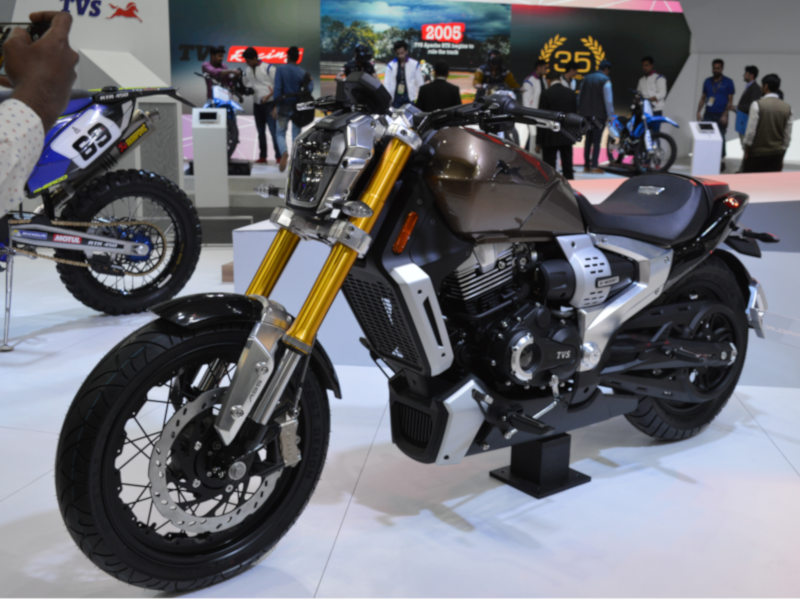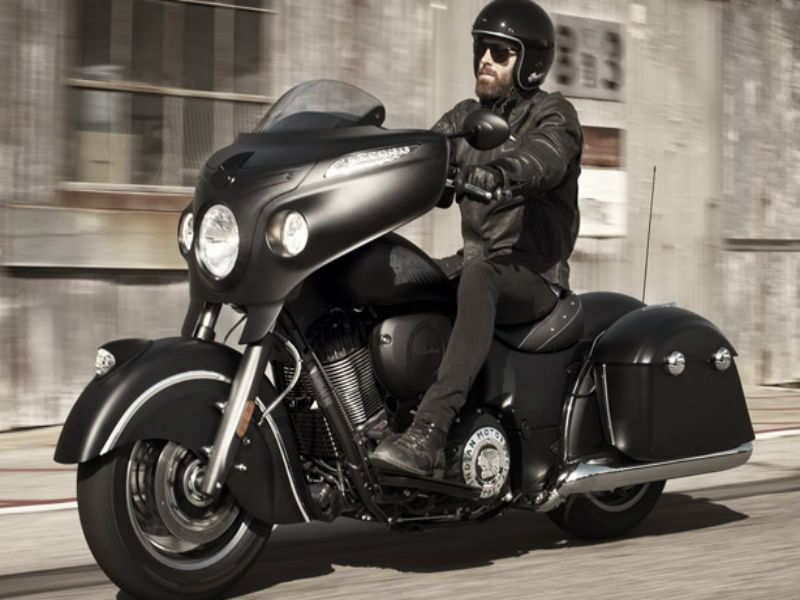Cycling is a healthy and eco-friendly mode of transportation that has become increasingly popular in recent years. However, as with any form of transportation, accidents can happen. That’s why it’s important to have bicycle insurance to protect yourself and your bike. In this article, we’ll explore the coverage options and benefits of bicycle insurance to help you make an informed decision.

What is Bicycle Insurance?
Bicycle insurance is a type of insurance policy designed specifically for cyclists. It provides coverage for damages to your bike and/or injuries sustained while cycling. Depending on the policy, it can also cover theft, liability, and accessories. Bicycle insurance can be purchased as a standalone policy or as an add-on to your existing homeowner’s or renter’s insurance.
Coverage Options
When it comes to bicycle insurance, there are several coverage options to choose from. Here are some of the most common:
- Accidental Damage: This coverage option provides protection for accidental damages to your bike, such as if you crash or hit a pothole.
- Theft: This coverage option provides protection in case your bike is stolen. It can cover the cost of a replacement bike or repairs if your bike is recovered.
- Liability: This coverage option provides protection if you’re found liable for injuring someone else while cycling. It can cover medical expenses, legal fees, and other costs associated with the accident.
- Accessories: This coverage option provides protection for any accessories on your bike, such as lights, locks, or GPS devices.
Benefits of Bicycle Insurance
There are several benefits to having bicycle insurance, including:
- Peace of mind: Knowing that you’re covered in case of an accident or theft can provide peace of mind while cycling.
- Financial protection: Bicycle insurance can help cover the cost of repairs or replacement bikes, which can be expensive.
- Protection for accessories: If you have expensive accessories on your bike, such as a GPS device, bicycle insurance can provide protection in case they’re stolen or damaged.
- Liability protection: If you’re found liable for injuring someone while cycling, bicycle insurance can help cover the costs associated with the accident.
Choosing the Right Policy
When choosing a bicycle insurance policy, it’s important to consider your needs and budget. Here are some factors to consider:
- Coverage options: Make sure the policy you choose offers the coverage you need.
- Deductibles: Consider the deductible amount and choose a policy with a deductible you can afford.
- Cost: Compare the cost of different policies and choose one that fits your budget.
- Customer service: Look for a company with good customer service and a reputation for handling claims efficiently.
Bicycle insurance is an important investment for any cyclist. It provides peace of mind and financial protection in case of an accident or theft. When choosing a policy, consider your needs, budget, and the coverage options available. With the right policy, you can enjoy cycling with confidence, knowing that you’re protected.






